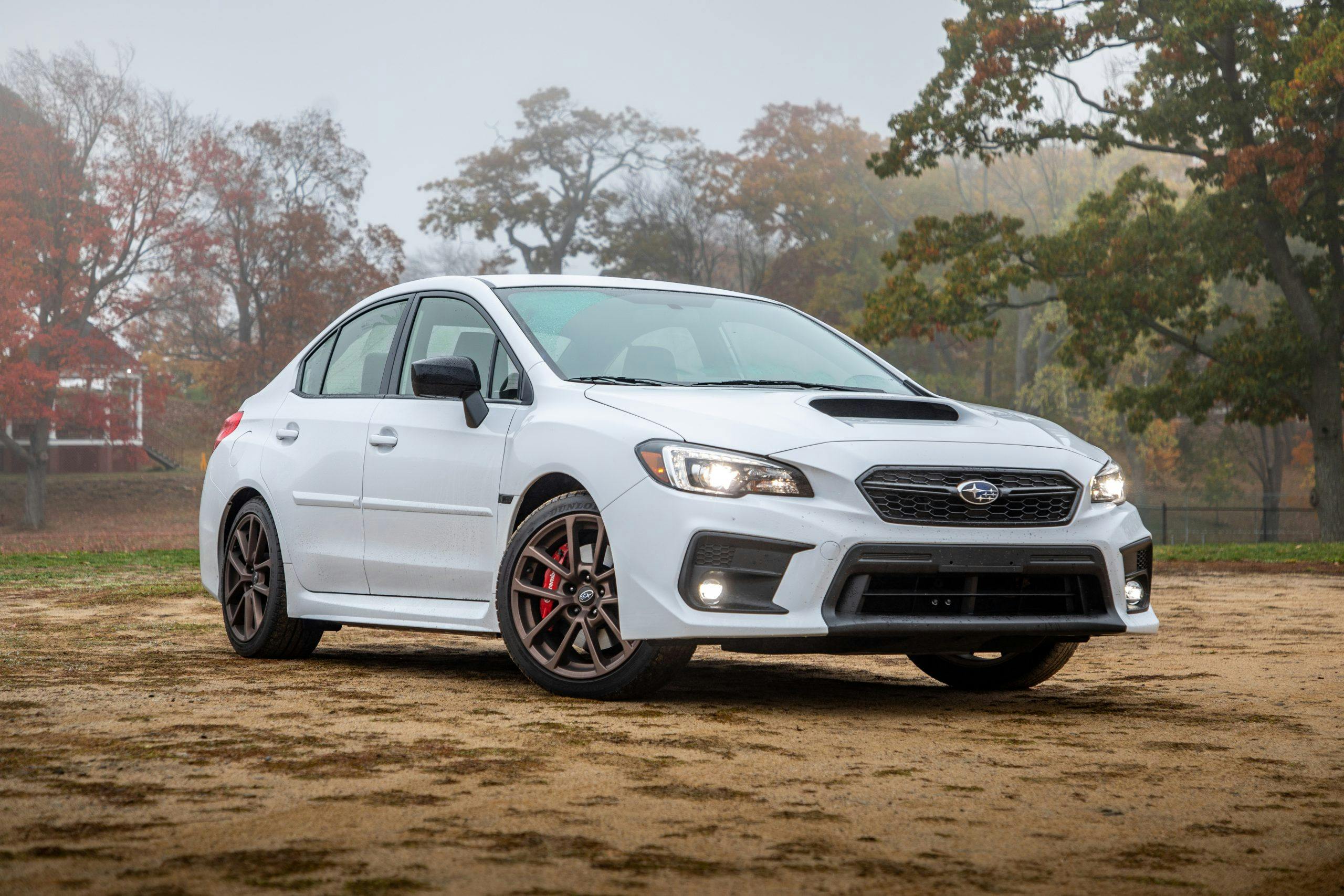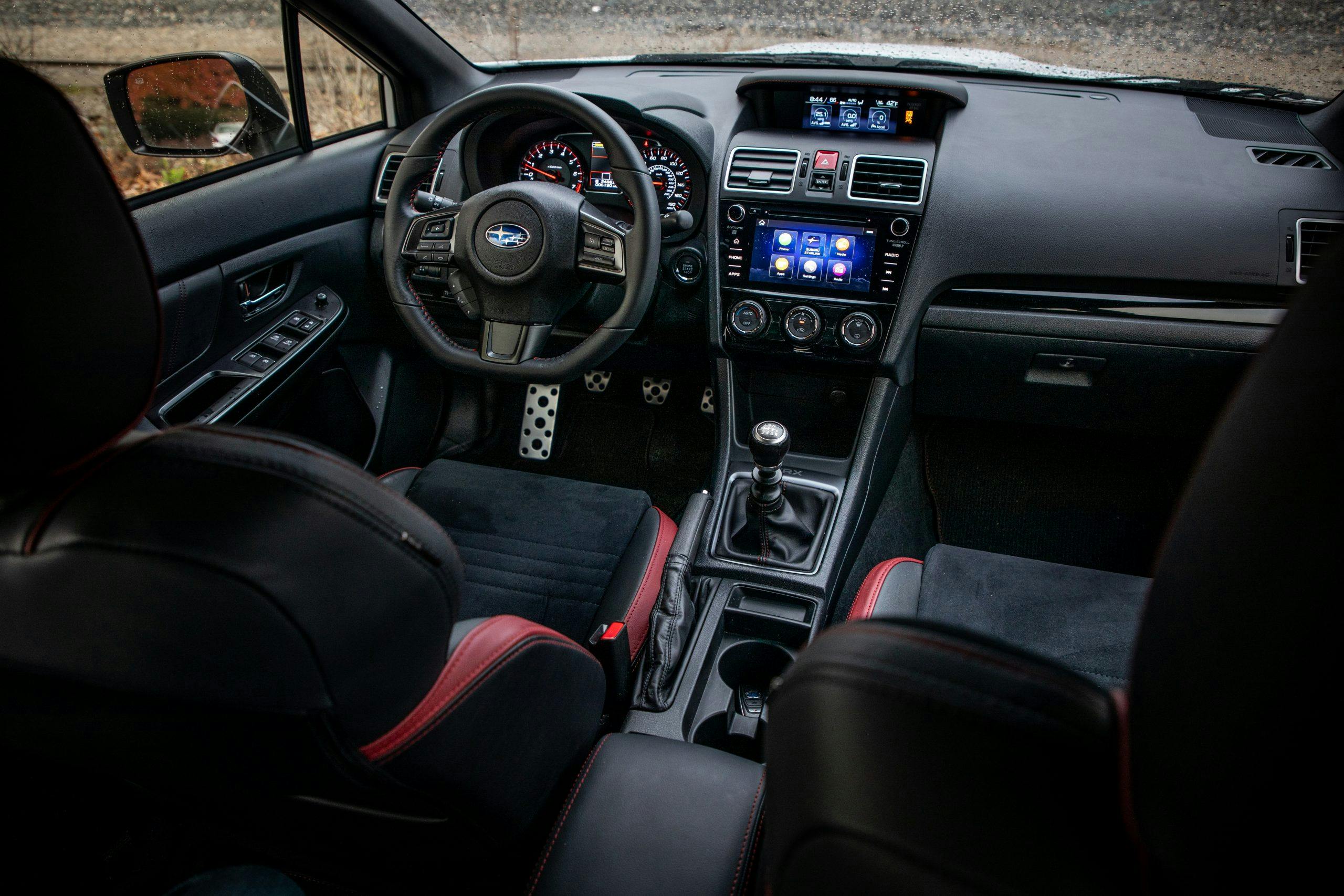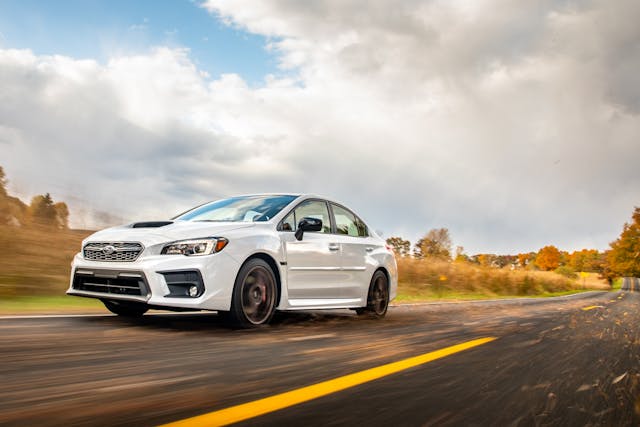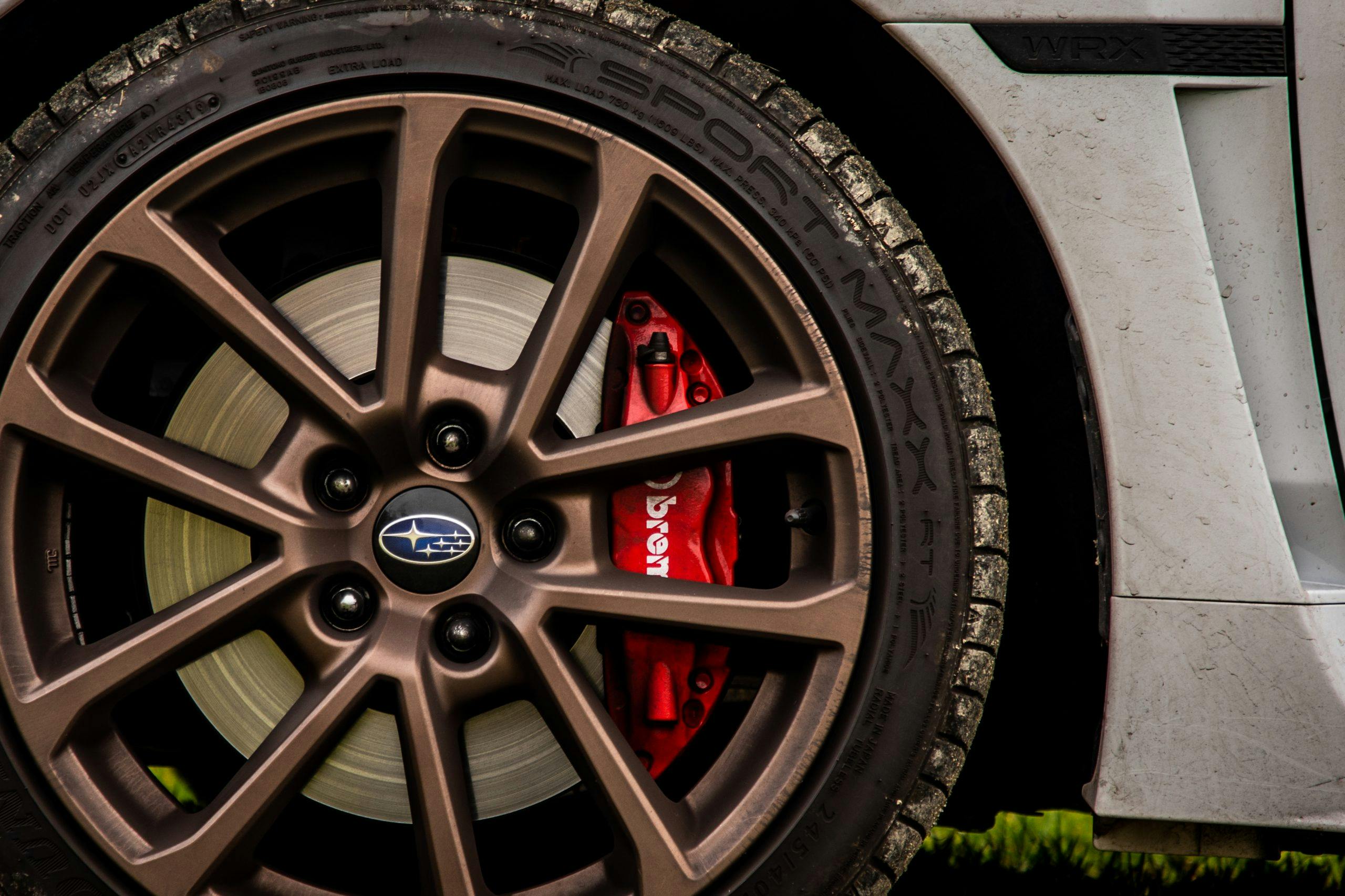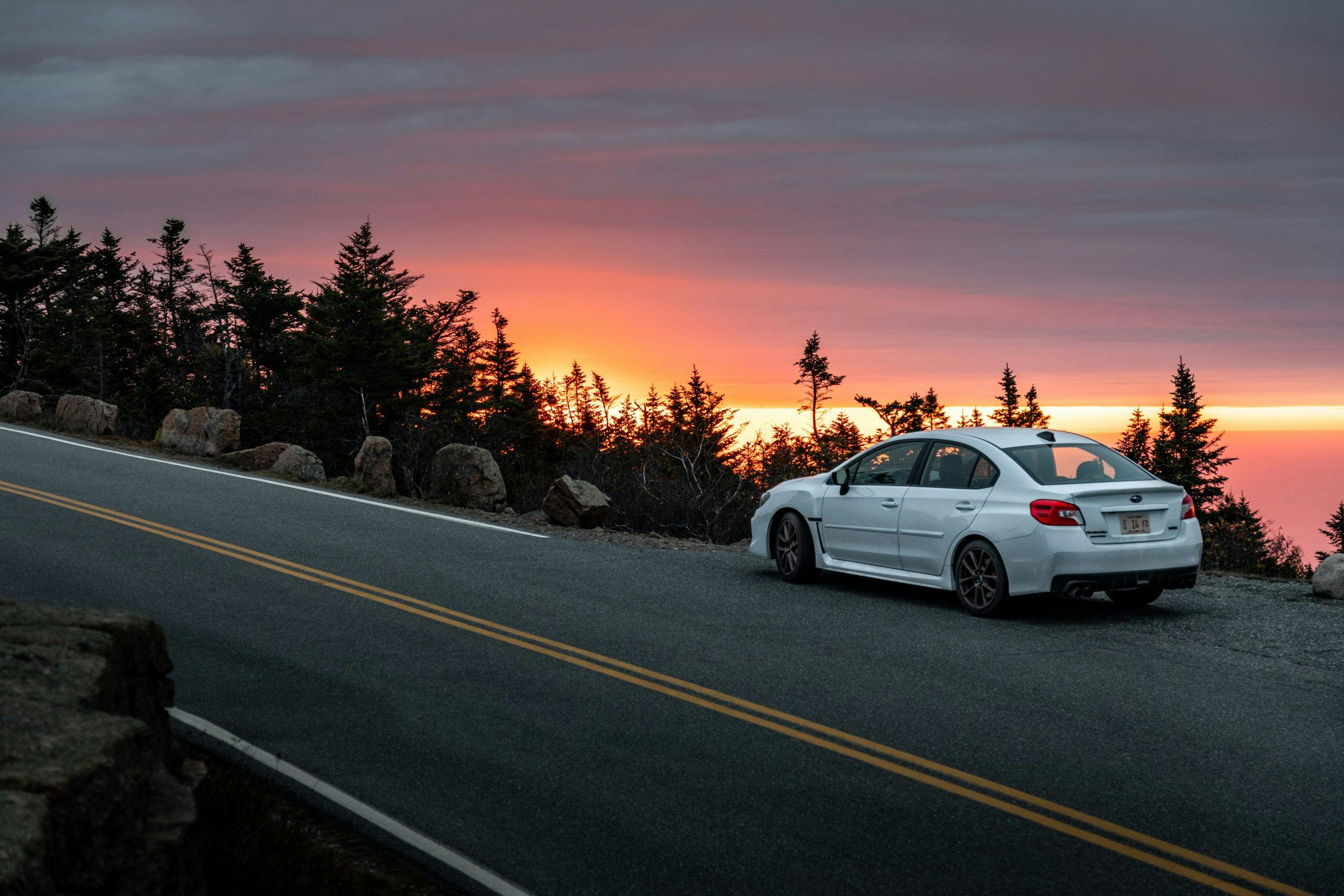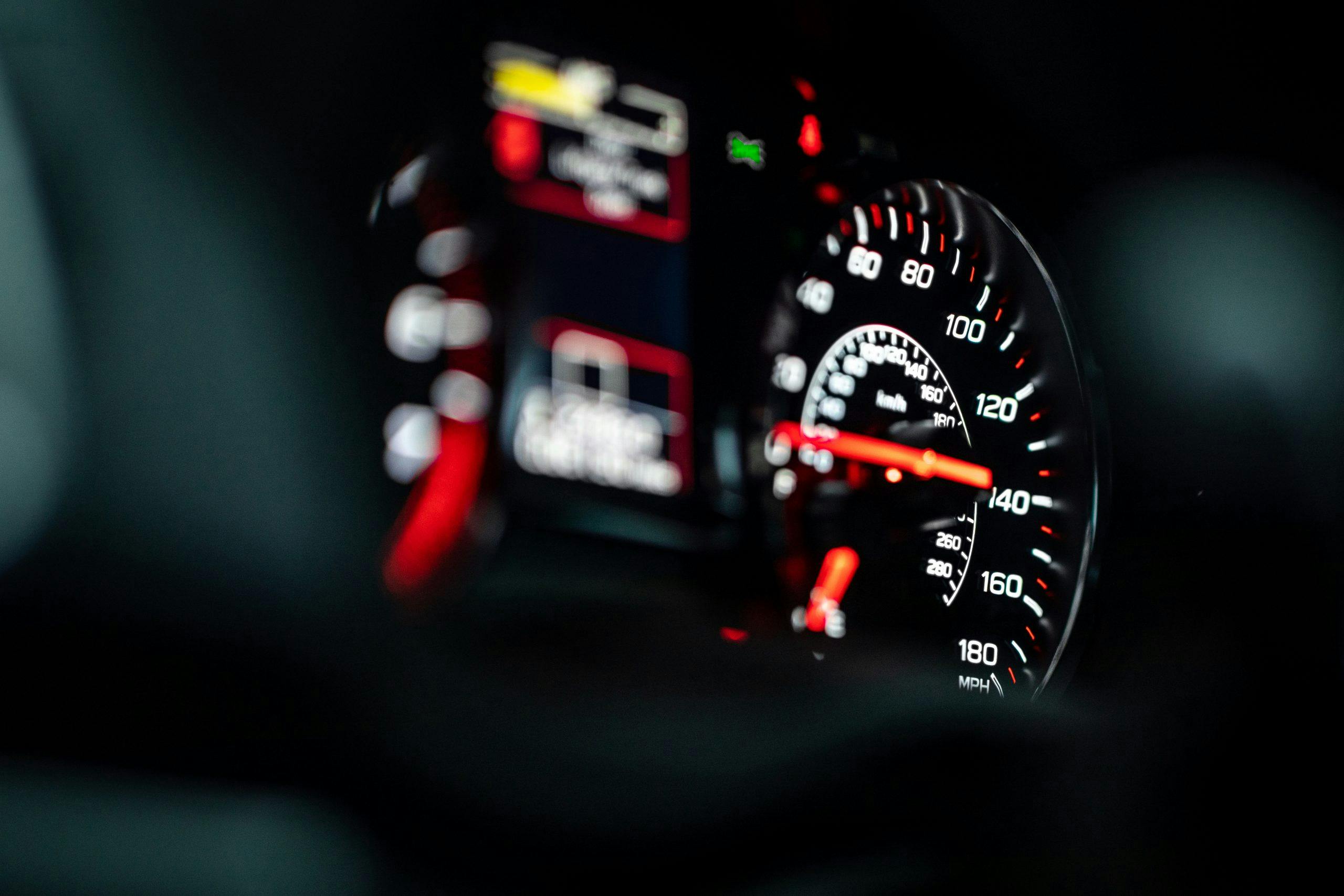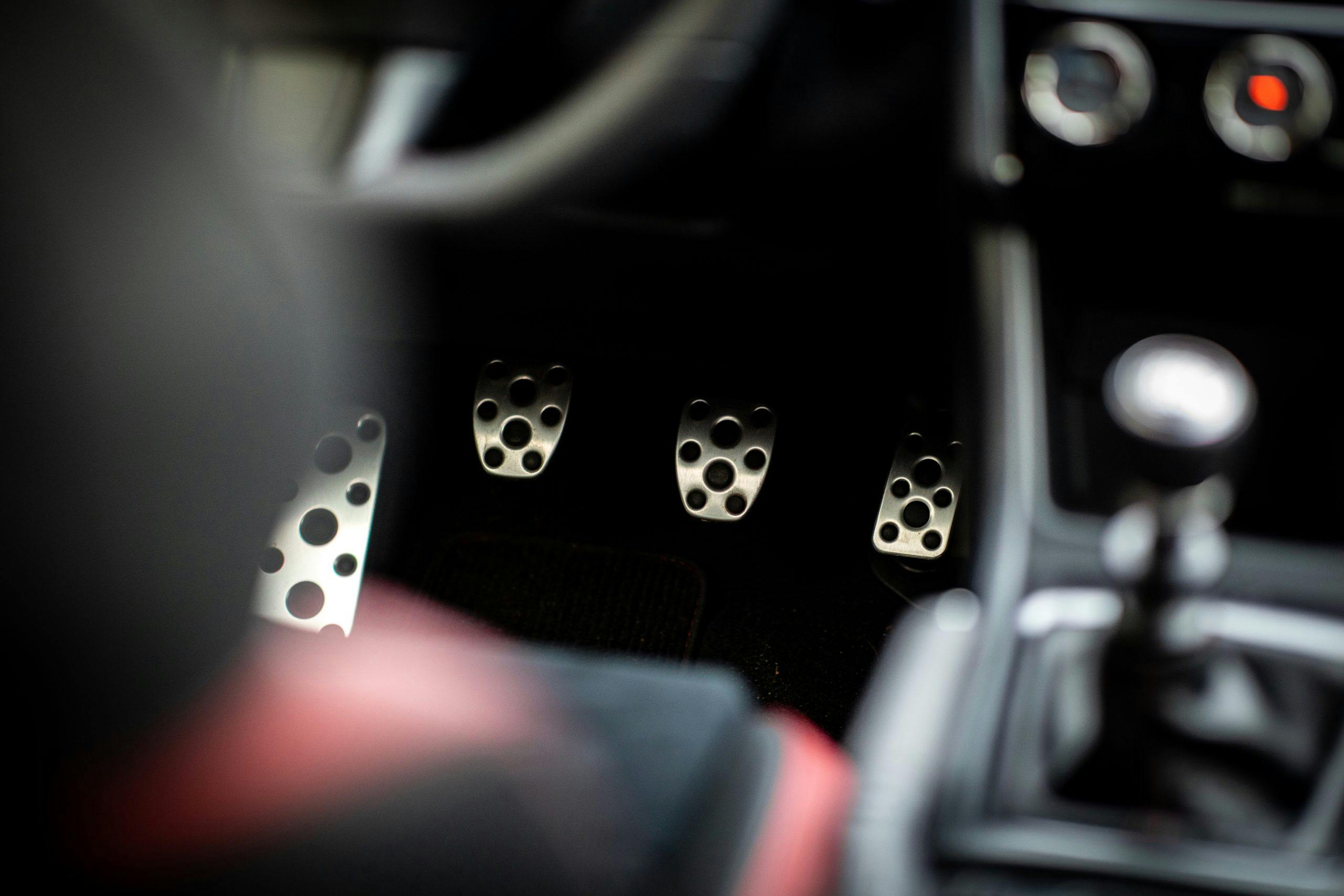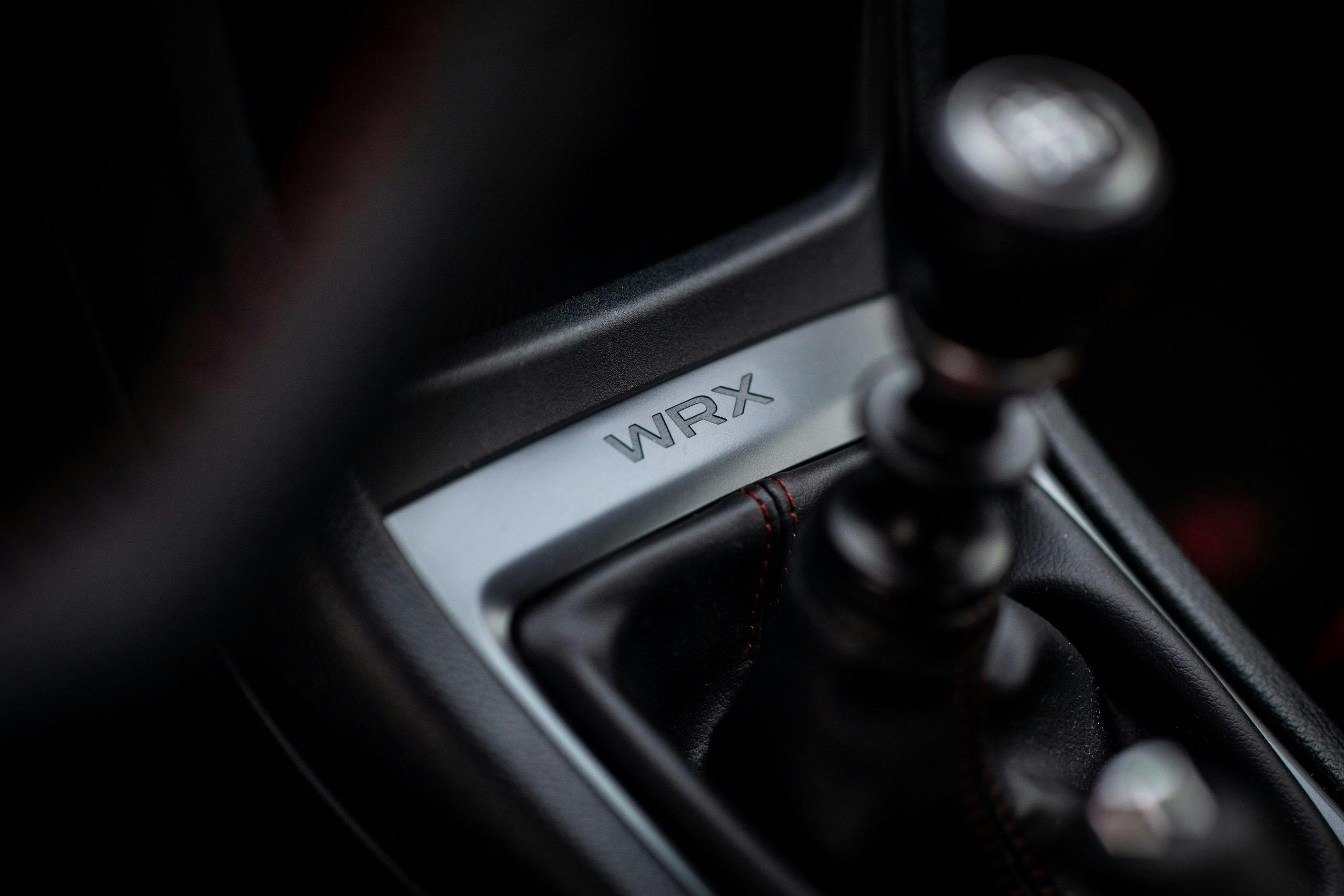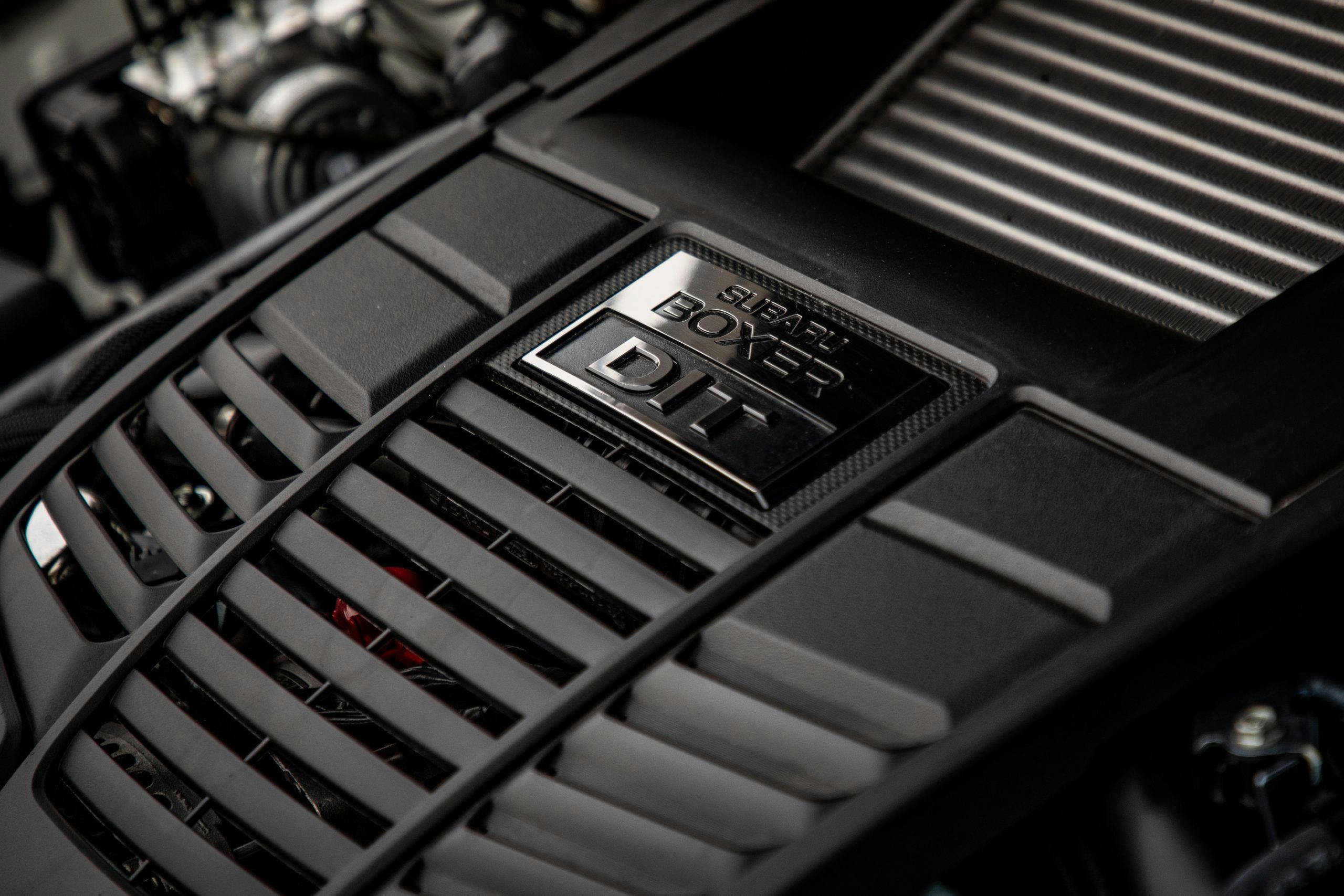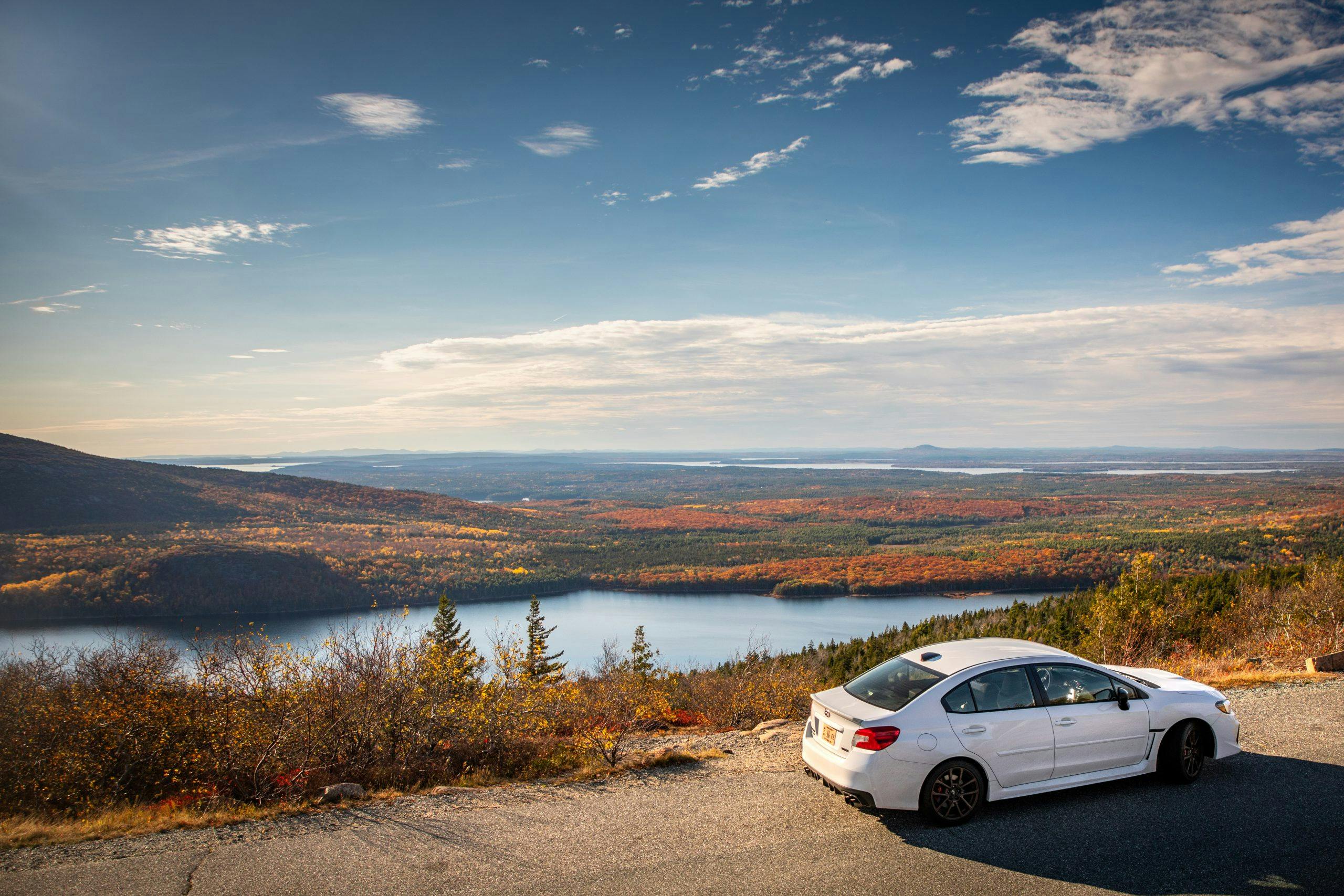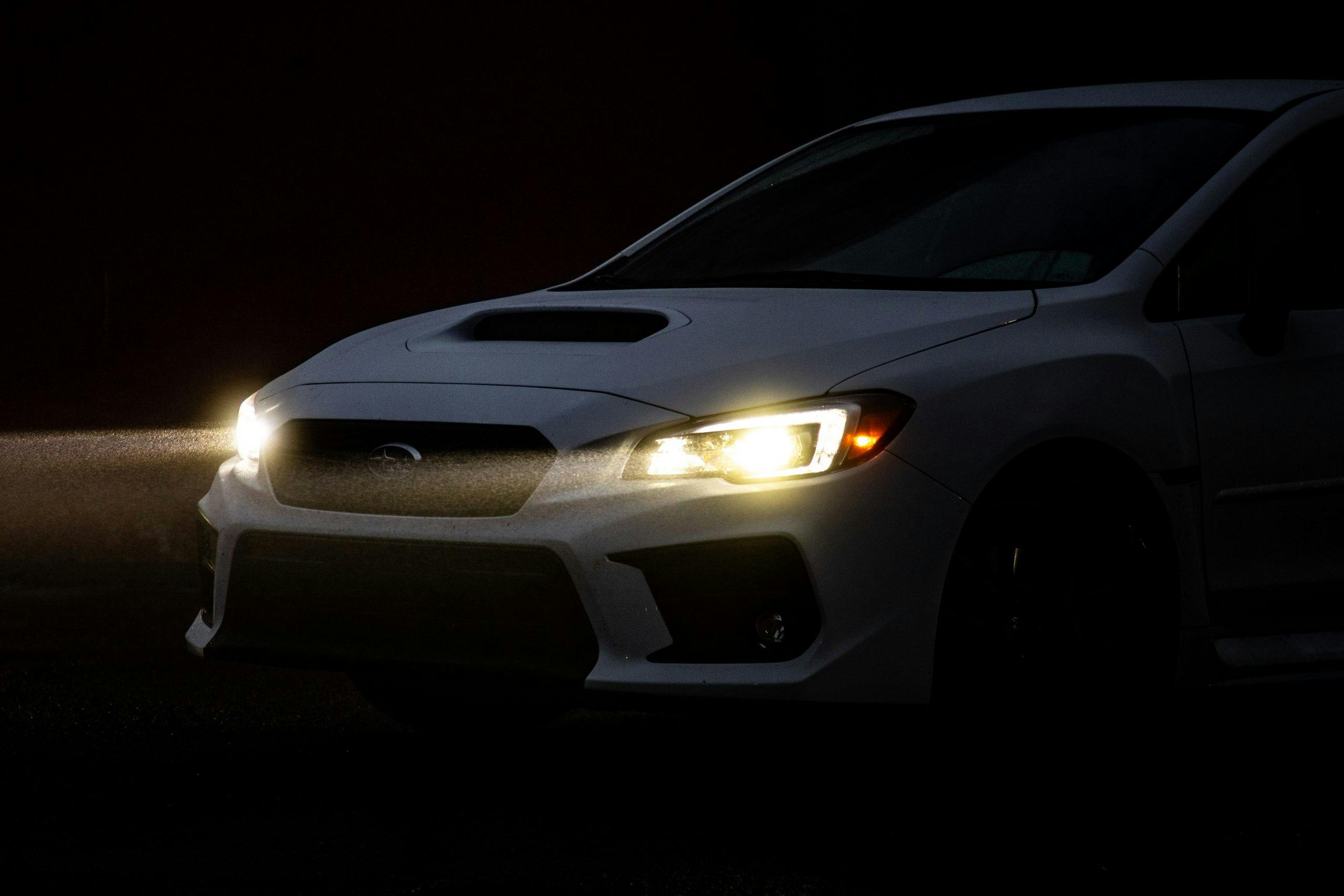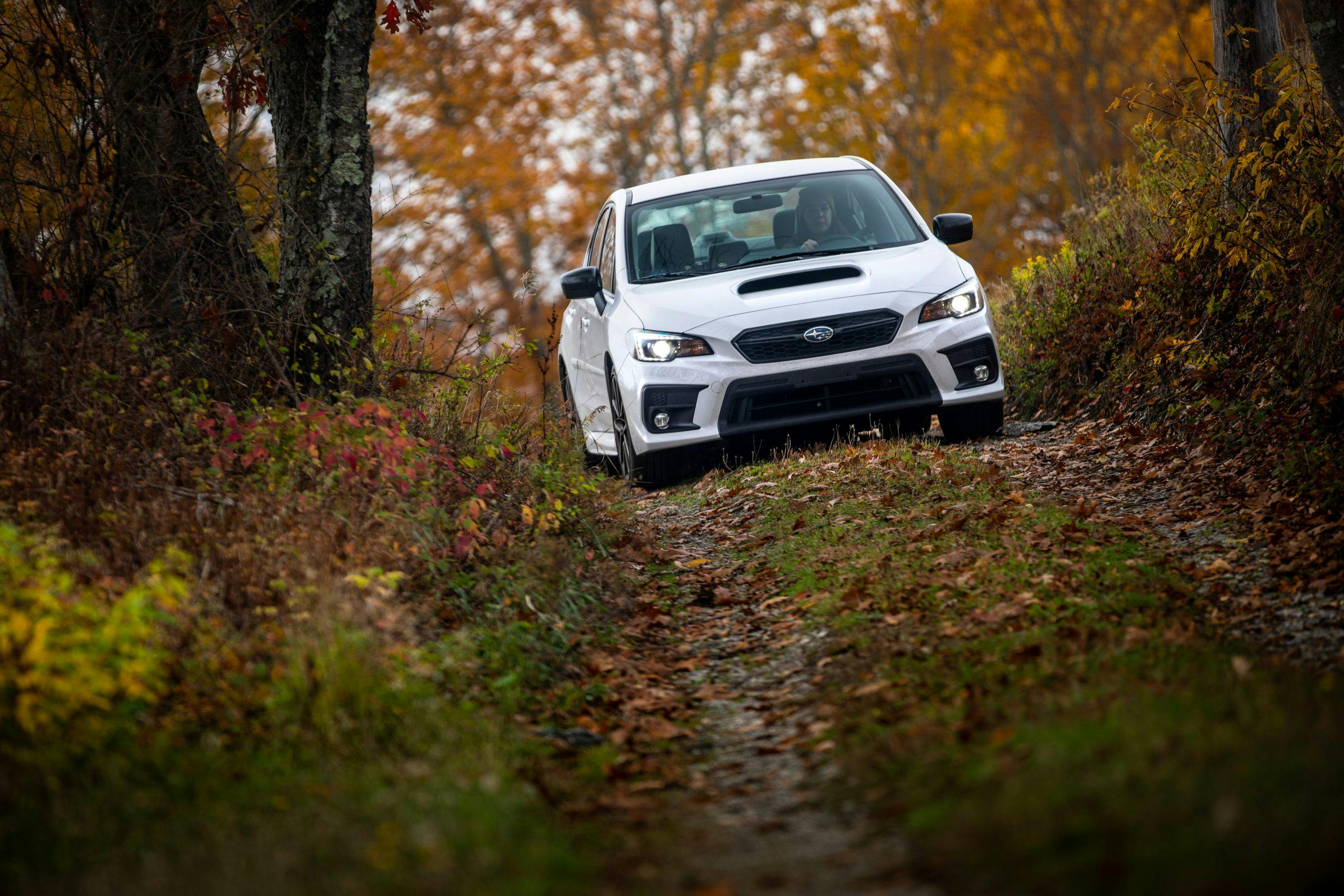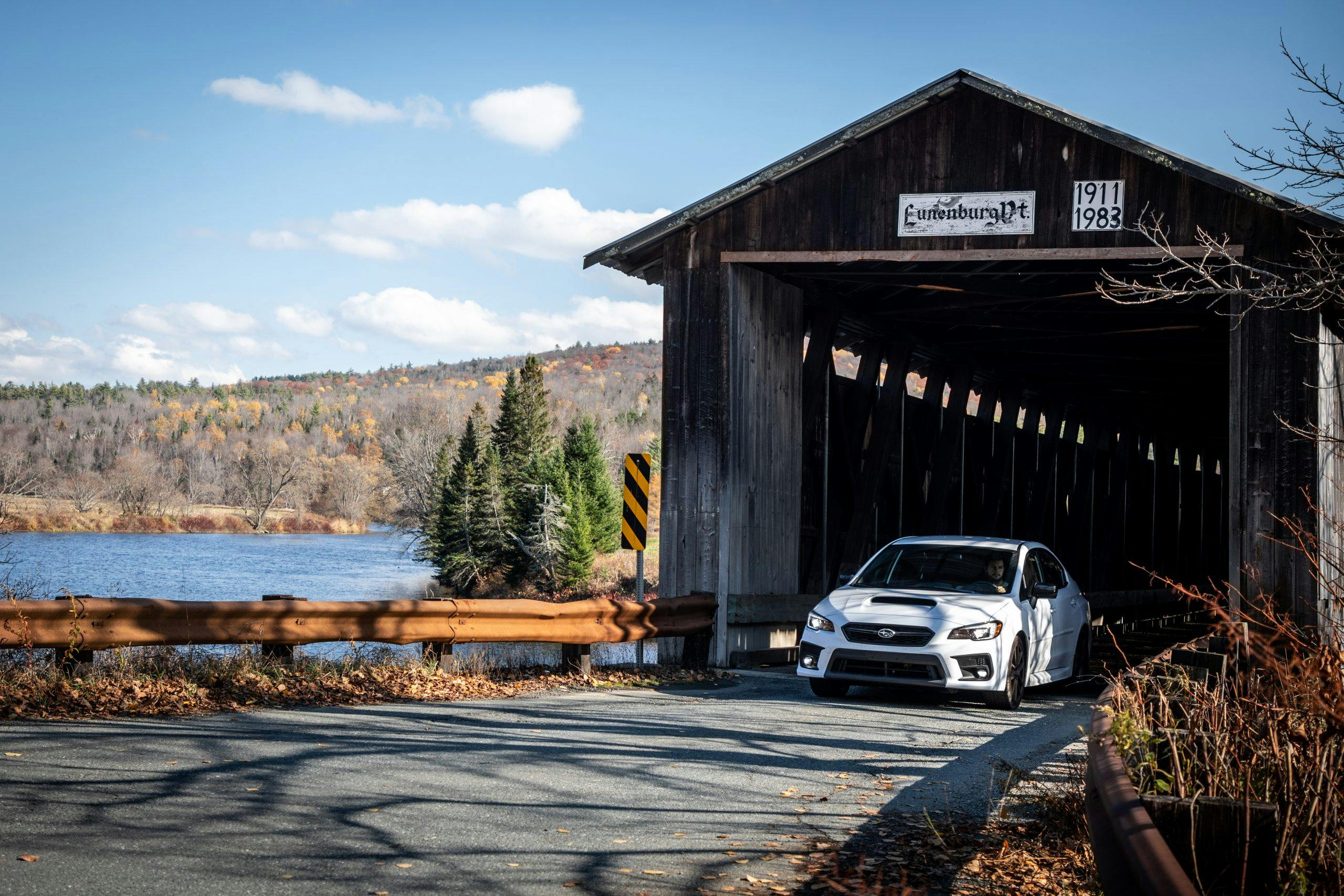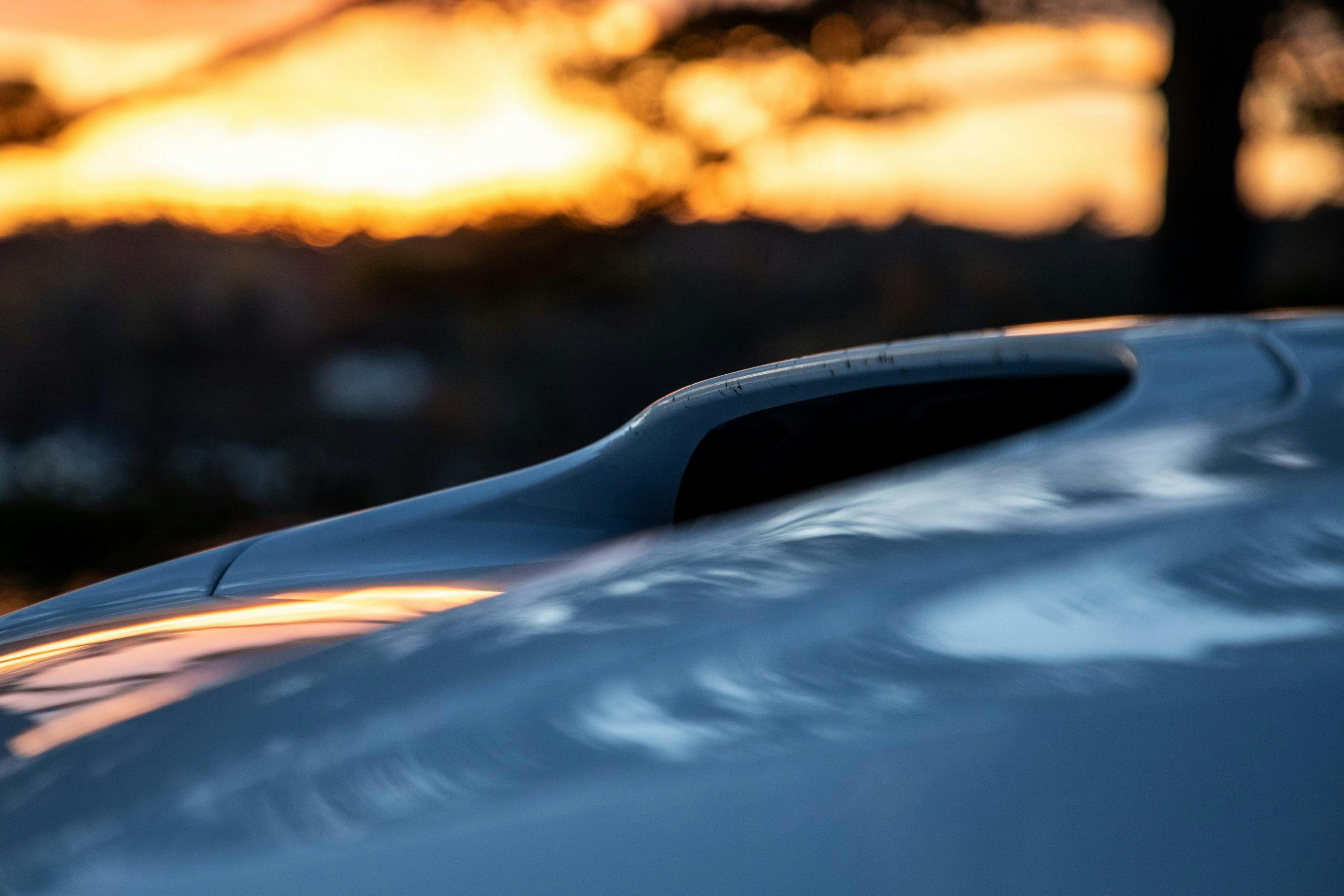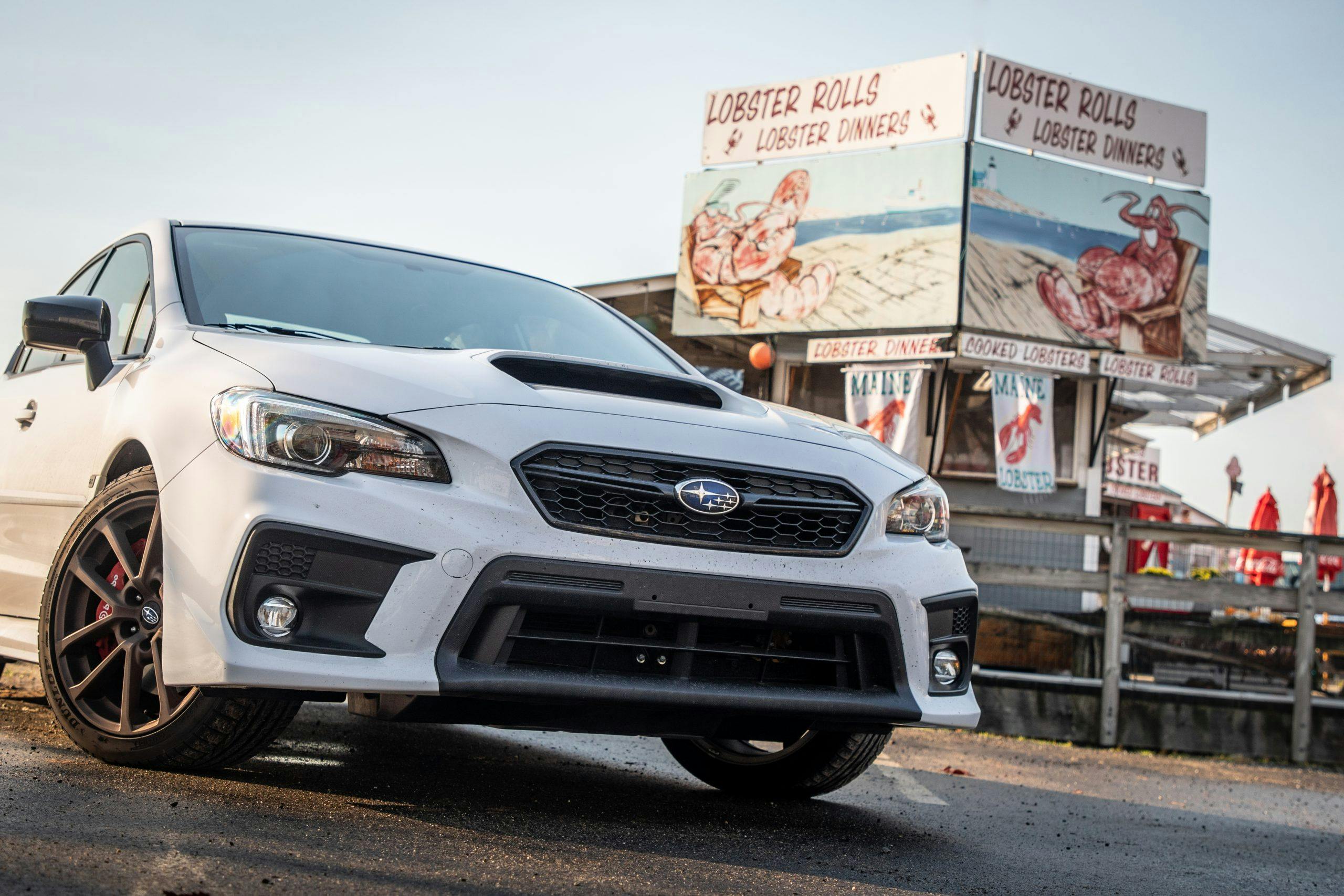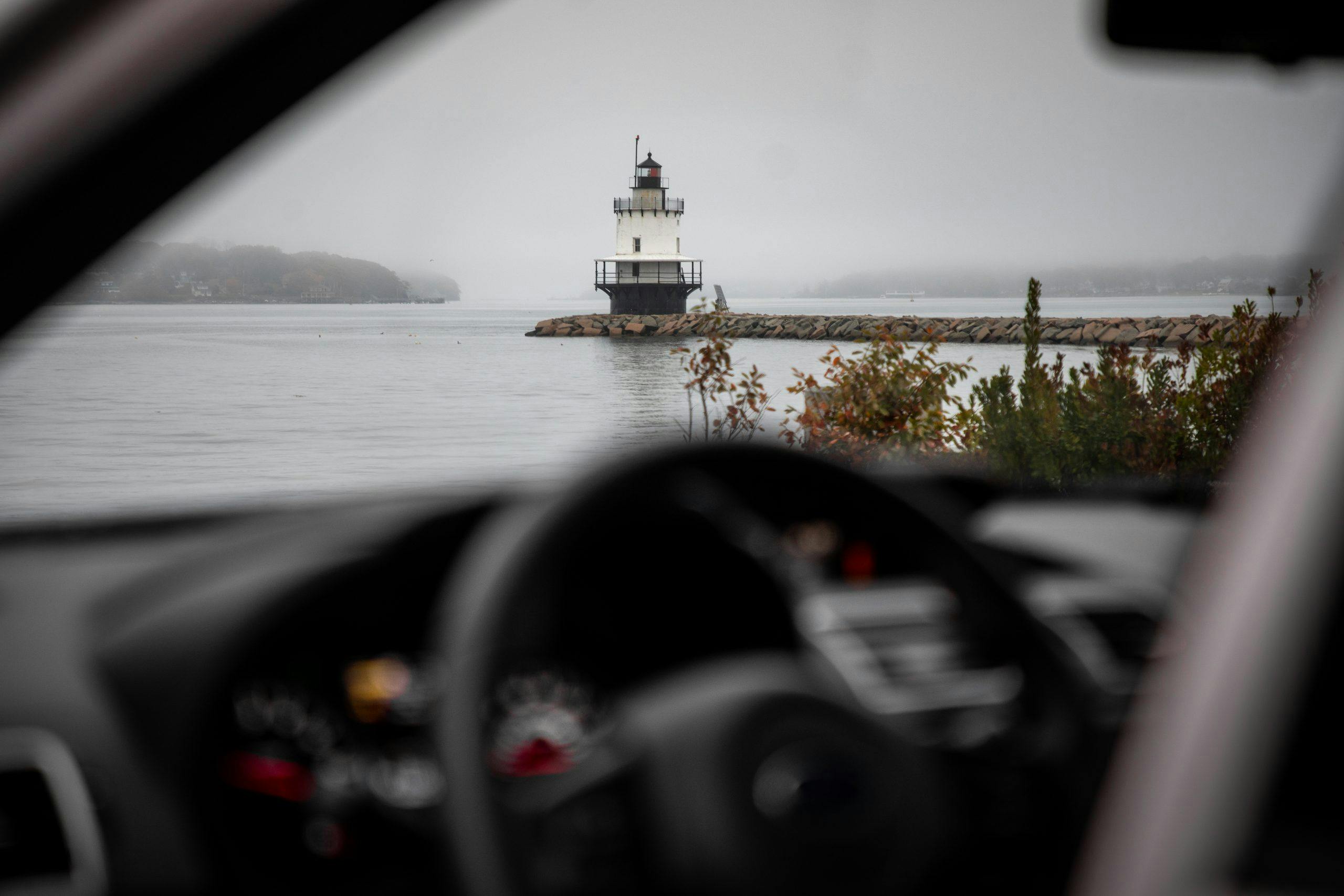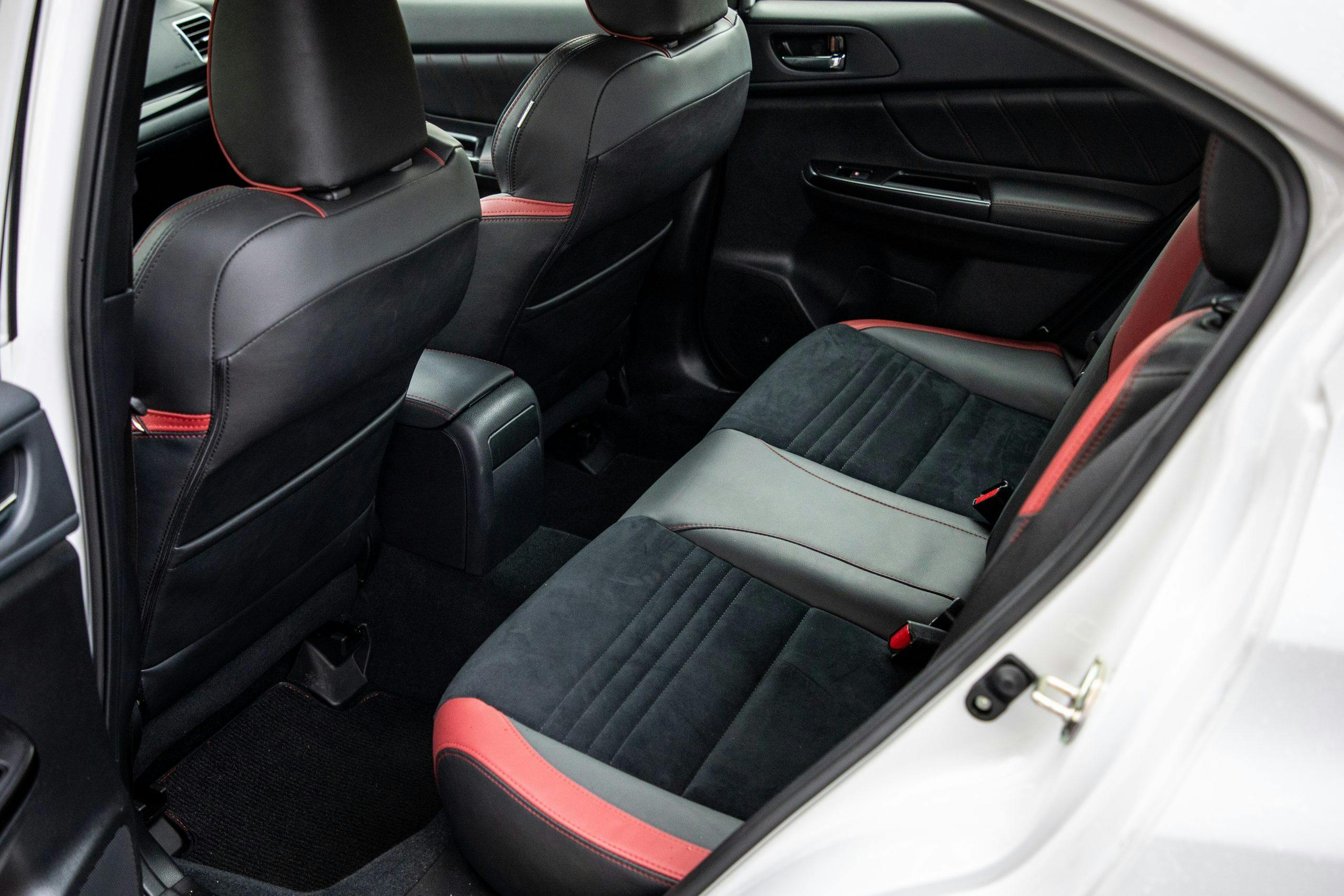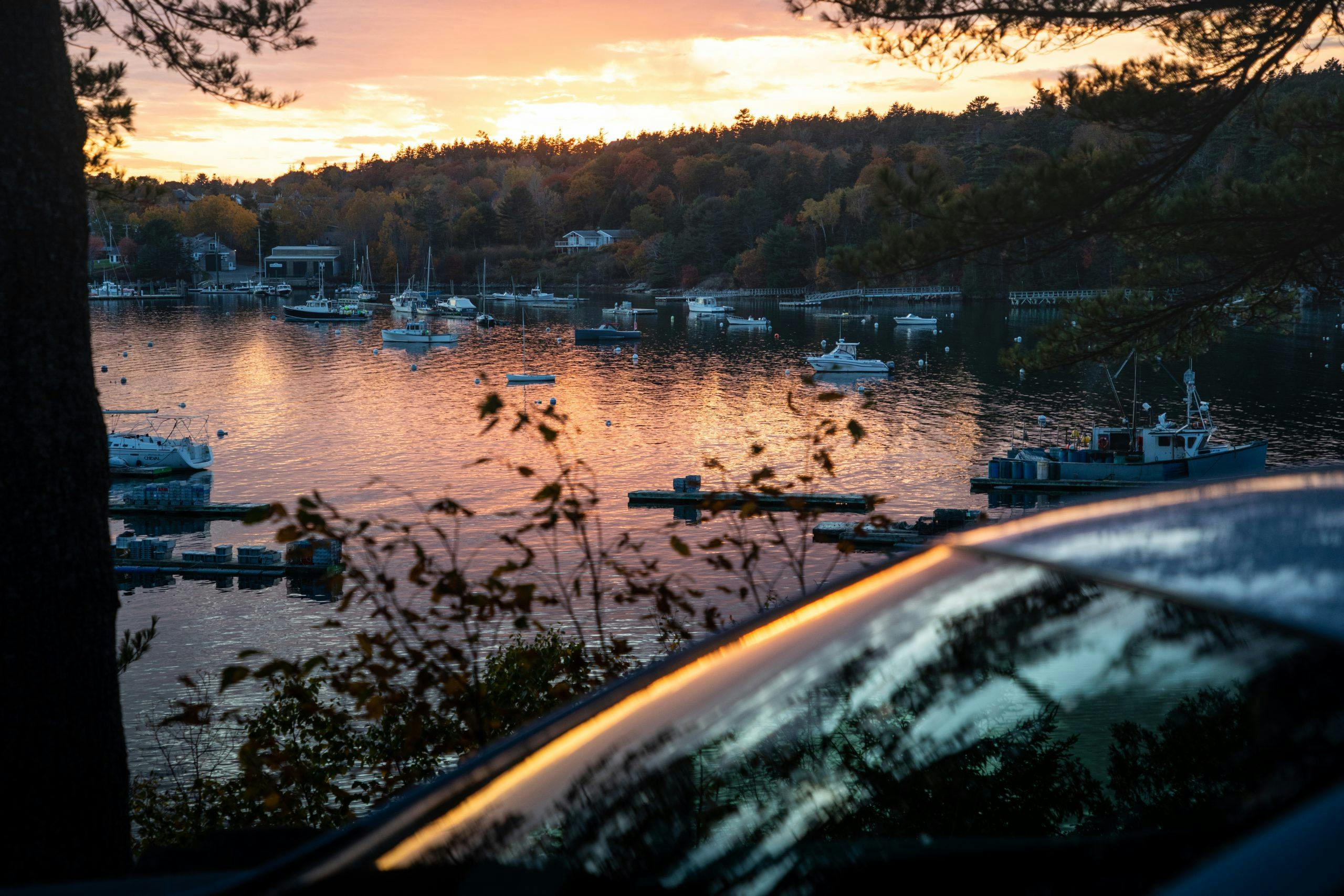Media | Articles
Review: 2020 Subaru WRX Series.White
For 2022, Subaru will introduce a new WRX sport sedan. Before we start riffling through spy photos, mentally undressing camouflaged pre-production Subies, we should recognize the outgoing generation’s successful run since the 2015 model year. How better to celebrate the rally-inspired machine’s lasting legacy than with a 2000-mile victory lap in a 2020 WRX Series.White, starting at our editorial office in Ann Arbor and ending in Portland, Maine? The paved ribbons cutting through acres of Northeast national parks proved an ideal arena to sample the sport sedan’s steady improvements since the beginning of its life cycle.
The Series.White WRX, a 1-of-500 special edition, comes equipped with a strong roster of performance goodies we already know from the $2850 Performance Pack: Bilstein sport-tuned dampers up front, Brembo brakes with red calipers, moonroof delete, and Ultrasuede-trimmed Recaro seats. Unique to this special edition is, as the name suggests, a Ceramic White paint job that pops in contrast to matte-bronze 18-inch wheels (a nod to Subaru’s rally history). The Series.White costs $4200 north of a WRX Premium, a car that already comes standard with a 268-hp turbocharged flat-four and a gaping hood scoop. We rode at dawn.
Our venture through Ohio and Pennsylvania was all business, little pleasure, so the miles of straight-line toll roads provided the opportunity to get acquainted with this performance-car veteran. The first-generation Subaru Impreza, this car’s great-great grandfather, debuted in 1992, and was tapped for Subaru’s rally racing efforts by 1993. The sedan was wildly successful, and the blue-and-yellow State Express 555 Tobacco livery became the model’s trademark. Performance versions of the road-going sedan, first introduced in Japan, were labeled Impreza WRXs, short for “World Rally eXperimental.” In 2002 Subaru delivered the Impreza WRX to the U.S. market for the first time, and for 2015 the WRX broke off as a unique model no longer under the Impreza umbrella. This first non-Impreza generation is known to all the cool Subaru message-boarders as the “VA” WRX.
The Series.White WRX comes stamped with a $35,259 price tag, $900 delivery fee included. Indeed, the special edition comes at a premium. The Series.White edition rings the till for about a grand more than a WRX Premium with the Performance Package. If the Series.White was the only special-edition WRX out there, this would be a small price to pay for the 1-of-500 exclusivity, but we know Subaru loves its special editions (see Series.Gray, Diamond Edition STI, and the WRX Raiu Edition that’s only available in Canada). Really want bronze wheels? Go wild. Or just buy a set of aftermarket Rays and look even cooler.
Styling updates since 2015 have been subtle to the point of unnoticeable. We’re talking the difference between a 1967 and a 1968 Camaro, spread across six years. Case in point: At a gas station in Massachusetts, a fella gazing at the Subaru from at an adjacent pump asked, “Is that a 2019?” Over the years the nose has adopted more acute angles and designers trimmed some inches from the upper grille’s height so that the bottom grille could be enlarged. The big rear spoiler remains standard only on the full-bore WRX STI, which is fine if you believe (rightly) that wings should only be worn by airplanes, race cars, and Superbirds. Thankfully, the functional hood scoop still sits proudly atop the hood—a clear indicator that this is no hum-drum Legacy.
Marketplace
Buy and sell classics with confidence
Subaru’s turbocharged 2.0-liter boxer is plenty powerful and considerably more refined in daily driving than the ancient 2.5-liter EJ-series engine in the WRX STI. It’s a reasonable fuel-sipper too, rated for 21 mpg in the city and just a shade under 30 mpg on the highway. The six-speed manual has a notchy, mechanical feel, but there’s nothing masochistic or brutal here; standard hill-start assist provides reasonable layer of convenience. On the downside, there is some rev-hang which demands patient clutch management, specifically while upshifting into second gear. It’s a bit like an awkward middle school dance at first, but you soon find the proper rhythm and unlock the car’s potential. Like a go kart, momentum is key, and the trick here is to keep the engine on-boost in the midrange. The flat-four’s urgent power delivery and sinister hiss from its turbocharger make any bend in the road or gap in traffic feel like a rally stage.
Judging by the car’s rough-and-tumble reputation, one might expect the “sport-tuned” suspension to be more rigid. It’s no air-ride boulevard cruiser, but if you need to apply Chapstick while clicking over freeway expansion joints, it can be done with without ramming the tube up your nose. The Dunlop Sport Maxx RT summer tires offer consistent predictable grip from corner entry to exit. The all-wheel-drive system, too, doesn’t buck or bind under hard acceleration or on dirt roads. We flowed through mountain passes and creek runs in northern Vermont with relaxed speed, like a confident alpine skier.
From inside the car, visibility is so generous that we could spot dimes on the road. The low beltline and thin A-pillar make for an exceptionally bright and airy view outward—a pleasant prospect from the perch of the WRX’s snug Recaro buckets. No doubt the red-leather-winged seats are the belle of the ball, and they were perfect for our long-distance road trip. After much sliding in and out of the cockpit for pit stops, though, the left driver’s-seat bolster darkened with scuffs. Regardless, the cupped front seats, in addition to the alloy-plated pedals and proper helmet space in the lofty greenhouse (courtesy of the moonroof delete), are perfect for those looking to track this. Back seats and trunk are crazy spacious, ideal for spare wheels and tires.
That said, nobody would confuse this Subaru with a luxury car. Given the $35,000 price, however, it’s appropriate that the interior doesn’t look like some Weathertech-lined dog bowl. There’s a lot of plastic to be sure, but the Series.White delivers where it counts. Decent-quality leather makes the steering wheel comfortably to grip—same as the shifter and e-brake boots—and handsome red stitching throughout the interior suit the sporty ambiance.
The Series.White’s infotainment is simple, usable, and totally passable. The 7-inch Starlink touchscreen interface provides ample space for six large icons, with six more physical buttons flanking the screen. Neither information, chimes, nor buzzers bombarded us unnecessarily—something that is becoming ever frequent in new cars. Smart phone integration (Apple CarPlay and Android Audio), Bluetooth connectivity, and voice-activated all work reasonably well, but there’s this crazy thing called a CD player, too! (Perfect for our La Bouche collection.) The speaker system isn’t a name brand and doesn’t sound like it, either, but the stock OEM setup gets the job done, with center stage just under our nose. If your primary concern is technology and audio, you probably should be shopping for an Audi S3 instead.
Given that this a driver-first type of car, the ergonomics could be better. Usability is sacrificed in the name of symmetry: The right-most knobs and buttons are a far reach for the driver, and the boost/telemetry gauges above the main stack are equally visible to driver and passenger.
We should note that this is the only all-wheel-drive performance sedan in the game right now (R.I.P. Lancer Evo), and the front-wheel-drive hot hatch segment has exploded. If you plan to pound pavement rather than sling gravel, the Golf GTI, Civic Type R, and Veloster N are more finely tuned instruments.
On narrow trails, or splashing through mud, it’s easy imagine you’re McRae or Mäkinen. “Right four minus over crest into triple caution, left five off camber!” rattles around in our brain all the way home, even as we make the final turns back in Michigan. The teens and twenty-somethings that tuned in weekly to watch Colin McRae send it through European forests circa ’95, dreaming of the day they could Scandinavian-flick a WRX of their own, are now between about 40 and 50. A $35,000 indulgence that can also serve as a daily driver or weekend track toy is a fairly compelling proposition, in that context.
The VA generation, in part because it was the first in the model’s history to offer an automatic transmission, sold in far greater numbers than any prior Impreza WRX. The days of the truly rugged and racing-bred WRX of the early 2000s are fading, and it’s far from the loud, uncomfortable, stripped-down rally car in 555 livery that many imagine it to be. There is nonetheless a strong dose of performance in this hood-scooped Subie, and it can be enjoyed year-round in any climate by the same fans who once lusted after it with a PlayStation controller in their hands. It’s been a good run for this WRX generation—so successful that we can’t imagine Subaru is spending much time at the drawing board for 2022.
2020 Subaru WRX Series.White
Price: $35,259 (as tested)
Highs: Subtle but purposeful-looking exterior, spacious interior, genuinely usable performance.
Lows: Tricky to operate smoothly in the lower gears, dynamics are driver-minded but the interior is not. Special edition isn’t all that special.
Summary: As it ends a successful chapter of middle age, the WRX has proven that it can grow up a bit without losing a step.

